What is the PTI’s Jail Bharo Tehreek and can it misfire?
PTI Chief Imran Khan has announced plans for a possible Jail Bharo Tehreek and has reportedly assigned party leaders to prepare a list of around 400,000 activists who will court arrests by agitating against the government.
To understand what he may or may not achieve using this relatively rare method of protest, we look at its history in the subcontinent.
What is jail Bharo Tehreek
A Jail Bharo Tehreek, or jail-stuffing movement, was a form of protest widely used by politicians in the Indian subcontinent when the region was ruled by the British Raj before 1947.
Gandhi was the most prominent leader to adopt this method which was aimed at choking the government machinery.
A Jail Bharo movement involves thousands of political workers approaching the police or other security forces and presenting themselves for arrest, or – and this is what happens in practice – doing something to court arrest, such as chanting a really nasty slogan against the regime.
Jails before Partition, and even now, have limited capacity to hold prisoners. Locking up a large number of people in prisons is almost always difficult. This is a reality that Jail Bharo protesters try to exploit.
In recent history, Indian social activist Anna Hazare brought the then-central government of India to its knees by announcing a Jail Bharo protest in 2011. On Hazare’s demand, the government approved a Jan Lokpal bill to appoint a citizen’s ombudsman to avert a major political crisis. It also had to release Anna Hazare who was arrested in Delhi. Anna Hazare was supported by millions of Indians who signed an online petition and staged protests.
The then-Indian government did everything to neutralize Hazare’s Jail Bharo protest, but nothing worked. In Mumbai, for example, police decided to declare a part of MMRDA ground - or the Kalina police ground – as a jail and detain everyone present.

How a Jail Bharo Tehreek may misfire
Laws in both India and Pakistan are derived from the same Raj-era code and the Pakistani authorities could use similar tactics.
A Jail Bharo protest is fraught with dangers for two reasons:
A. The police will not detain you unless you commit a crime to court an arrest and if you do, there is a risk of conviction, which may blot your professional career and disqualify you for all public sector jobs, unless you have the conviction overturned.
B. The government can develop the capacity to hold a large number of prisoners – at least temporarily – by declaring any place a jail or sub-jail. It could be a house, a stadium, or any other place — although such a measure would dent the government’s credibility on the international scene.

A call for a Jail Bharo movement offers no guaranteed results and a lot depends on the potential government response.
In March 2015, the same Anna Hazare again called for another Jail Bharo movement but ended his protest at Delhi’s Jantar Mantar only two days later. Why? This time around, India was being ruled by the Narendra Modi-led BJP, and Hazare could not muster the Hindu nationalist support he had won against the Congress government in 2011.
Gandi’s Jail Bharo Andolan against the British Raj following the Cripps Mission also met with failure. Over 60,000 people were detained and many spent long years in jail. If the objective was to force the British Raj to withdraw from India, it remained unfulfilled.
History of Jail Bharo in Pakistan
Pakistan has seen only one Jail Bharo protest in over 75 years.
The Movement for Restoration of Democracy (MRD) against the Ziaul Haq regime announced a Jail Bharo Tehreek in the early 1980s.
Maulana Fazlur Rehman, who heads the Pakistan Democratic Movement, was among the politicians thrown into jail by the military regime. The arrest put him in the spotlight and proved the first major milestone in his political career.
Thousands of people were arrested during the MRD agitation in Punjab, but in Sindh, it took a violent turn and there were clashes between protesters and security forces, who eventually crushed the movement.

A research paper by Khalid Bin Sayeed offers a glimpse into what such protests looked like and why an attempt to court mass arrests were seen as acts of violence.
“As many as 50,000 followers of the Makhdum of Hala gathered to court arrest and blocked the national highway for several hours in late August [1983],” he writes in “Pakistan in 1983: Internal Stresses More Serious than External Problems”.
“During late August and September, when the movement became increasingly militant and violent, the army had to be brought in and took control of some of the main towns of central and northern Sindh. All universities were closed. The press notes issued by the district magistrates of Nawabshah, Sukkur, Larkana, Jacobabad, and Khairpur districts referred to exchange of fire between the demonstrators and the police and attacks on banks, factories, government offices, and railway stations. It looked as if the militant demonstrations taking place in some of the main towns and cities lying along the route of the Pakistan Western Railway were designed to disrupt railway communications between Sindh and Punjab. It was also suggested that the idea was to make the traders and businessmen in Punjab who depended upon the import of goods, particularly oil from the port of Karachi, suffer as a result of the ambushing and disruption of trains.”
It is believed that violence allowed the authorities to crush the movement when it was at its peak in Sindh in 1983.
Later, many political workers from the 1980s were found saying that although the MRD did not achieve its objectives, it did create political awareness among the masses. Does this found familiar to you?


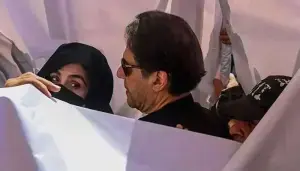

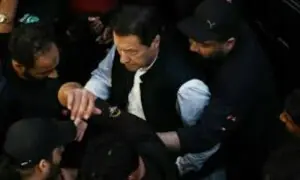



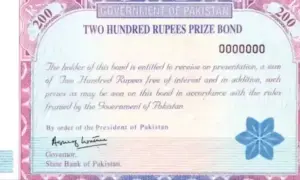

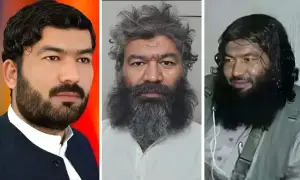
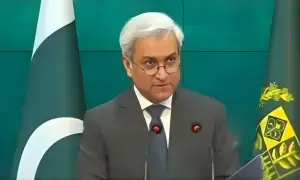
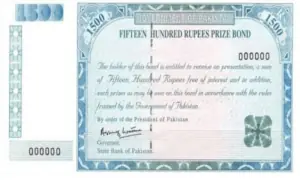
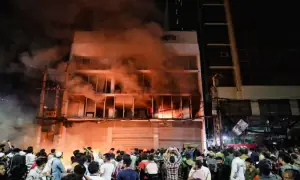
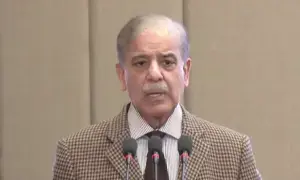
Comments are closed on this story.